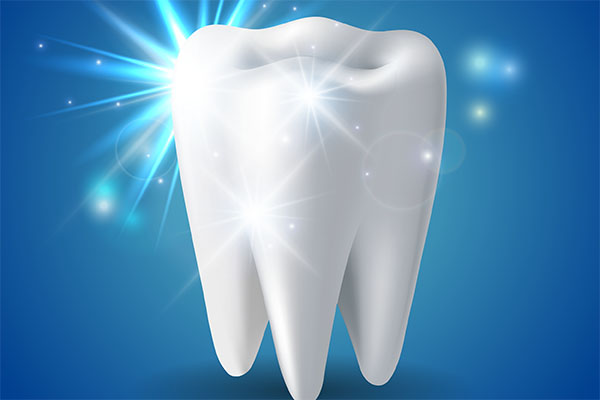 Many people seek esthetic dentistry to fix dental issues. Dental bonding is one treatment method that improves the appearance and function of the teeth. It is often recommended for issues such as discolored and damaged teeth. One of the many benefits of dental bonding is that it is more affordable than other types of restoration, such as crowns and veneers.
Many people seek esthetic dentistry to fix dental issues. Dental bonding is one treatment method that improves the appearance and function of the teeth. It is often recommended for issues such as discolored and damaged teeth. One of the many benefits of dental bonding is that it is more affordable than other types of restoration, such as crowns and veneers.
How bonding works
Dental bonding is a procedure that applies a tooth-colored material to the teeth using a high-intensity light. This procedure can fix a number of issues, including gaps between teeth, cracked teeth, cavities, discolorations, and worn-down teeth.
This esthetic dentistry procedure is fairly simple and takes around 30 to 60 minutes per tooth. To prepare, the dentist selects a shade for the resin so it matches the natural teeth. The surfaces of the teeth to be treated are roughened to help the bonding material adhere.
The dentist applies the tooth-colored resin and molds and shapes it for the desired result. A laser or light is used to harden the material. Final adjustments are made to further shape and trim it, and then the dentist polishes it to match the rest of the teeth's surfaces.
Teeth that have received dental bonding do not require any special care. They should be brushed, flossed, and cleaned just like the other teeth. The material, however, is prone to chip in certain situations. Individuals should refrain from biting or chewing on hard food or objects to minimize damage.
Benefits of dental bonding
Esthetic dentistry focuses on making teeth look and function better. Bonding is one option for smaller esthetic changes and for teeth that are in low bite pressure areas, such as in the front.
Tooth protection
One reason a dental professional may recommend bonding is to protect the teeth from further damage. When bonding fills in a cavity, it prevents further infection from occurring. It also covers the enamel, which reduces the risk of weakened enamel.
Improved tooth function and shape
Another benefit of bonding is that it improves the size, strength, and shape of a tooth. If teeth are worn down due to teeth grinding or another reason, it can make it difficult to chew, and it also affects the teeth's appearance. Bonding fixes this problem to improve chewing function and restore the teeth to their original look.
Improved appearance and self-confidence
Although bonding improves the function of the teeth, it is also used to improve the look of the smile. Bonding can cover up stains, small chips, and teeth that appear too short. This, in turn, improves an individual's self-esteem.
Conclusion
There are numerous procedures that esthetic dentistry uses to help teeth function and look better. Using dental bonding to restore the appearance of teeth is an affordable and low invasive way to fix minor dental issues. With good oral care and hygiene, the results tend to last around 10 years or more.
Request an appointment or call Brighter Smile Family Dentistry & Orthodontics at 703-994-4044 for an appointment in our Sterling office.
Related Posts
Dental esthetics is the art and science of restoring your smile. It can close gaps and make teeth more uniform in size. Orthodontic methods move teeth into alignment, especially if a tooth is missing. Dental esthetics also addresses a discolored tooth that does not match the rest. You may be wondering if dental esthetics is…
Restorative or esthetic dentistry is not the same as cosmetic dentistry. This field of dentistry brings back the normal structures of gums and teeth. It also aims to return the function of these mouth parts. It focuses on providing comfort, health, and durability to patients. It can help patients look, feel, and function better. Here…
A restored smile is the goal of your esthetic dentist. Your smile is your calling card to the world around you. Imperfections due to tooth damage, poor oral health, or other factors can have a huge impact on your self-image. Even something as small as a single missing tooth can impact how others perceive and…
